Netflix Series Shows How Halston Popularized Orchids
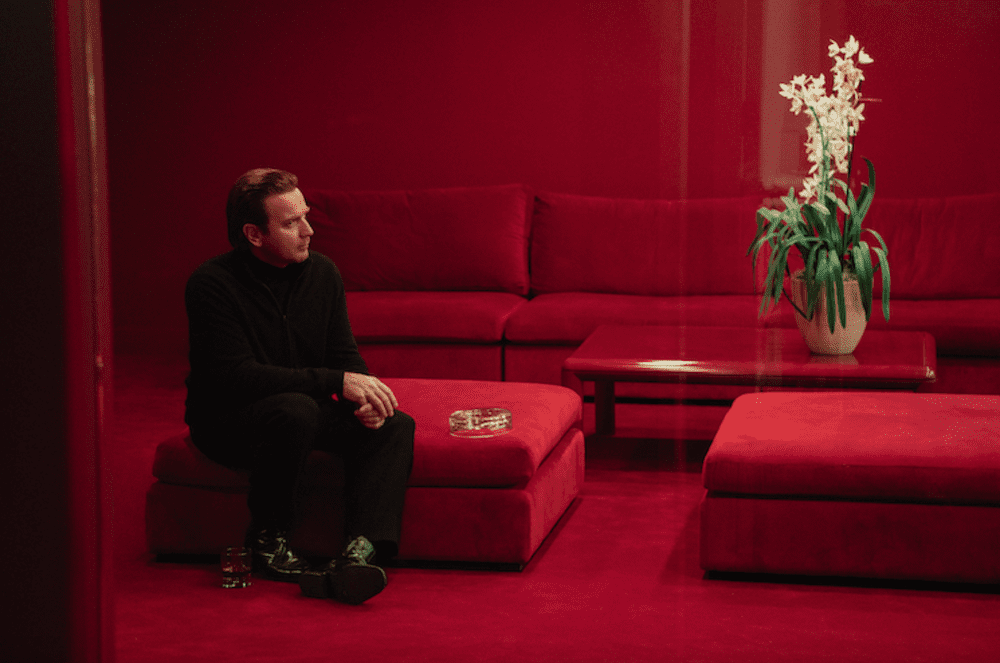
What is the spark that ignites or sustains creative genius?
For the fashion designer Halston, whose story is now streaming on Netflix starring Ewan McGregor in the title role, he needed to be surrounded by luminous sensual orchids.
In fact, when funds were tight during his early days, his assistant tells him to cut down on orchids to save money for the firm. He dismissively replied, that no, that would be impossible. Why? Because the orchids were “part of my process.”
As he was honing the minimalist style that would make him world-famous, the orchids centered him. Plus, their lack of scent didn’t distract him from creating his innovative designs using cashmere and Ultrasuede that had the design world panting in awe of his every move.
“Orchids were all over his place, both at home and in the office,” says Halston biographer Steven Gaines, whose book the Netflix series referenced. “Back then, orchids were really expensive and not plentiful. Only the rich could afford them.”
As the Cut reported, Halston would spend over $100,000 a year for these rare prized flowers.
The flair he used to put them in pots all over his residences inspired a trend that exists today as so many contemporary homes have large orchids scattered on hallway consoles and living room cocktail tables.
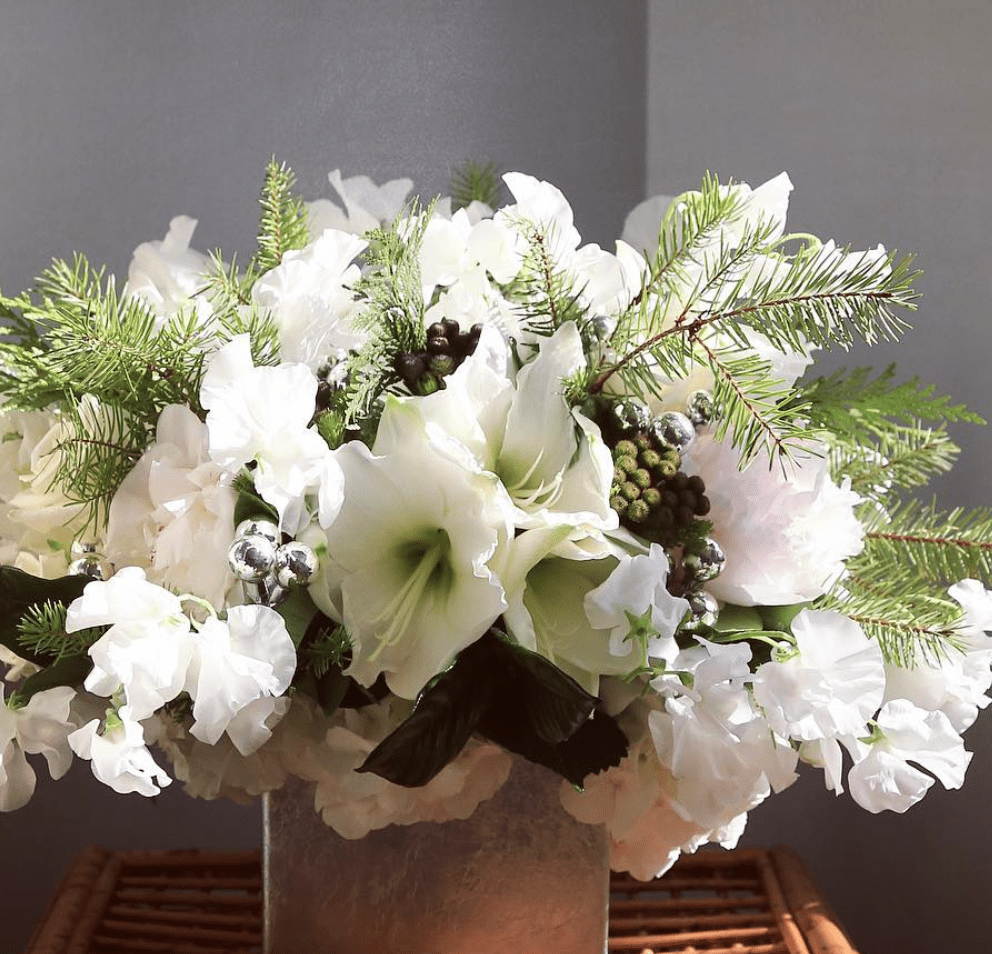
Interior decorator Jeffrey Bilhuber added that Halston made orchids “seem not a rarity but a necessity. They looked just amazing – sensuous without being romantic, and floral without being flowery.”
“He also always had votives all over,” recalls Gaines. “Like much about him, he went overboard.”
Director Mark Minahan was attracted to the Halston story because the designer, born Roy Halston Frowick, “taught people how to brand and market themselves. He was the first celebrity designer in America.”
The Netflix series shows how Halston leveraged his single, invented name into a worldwide fashion empire that’s synonymous with luxury, sex, status and fame, literally defining the era he lived in – 1970’s and ‘80’s New York — until a hostile takeover forces him to battle for control of his most precious asset – the name Halston itself. In fact, he started out creating Jackie Kennedy’s famous pillbox hat and then transitioned to women’s clothing and started a ready-to-wear line.
Minahan hired Academy and Emmy-Award nominated production designer Mark Ricker to recreate Halston’s design world.
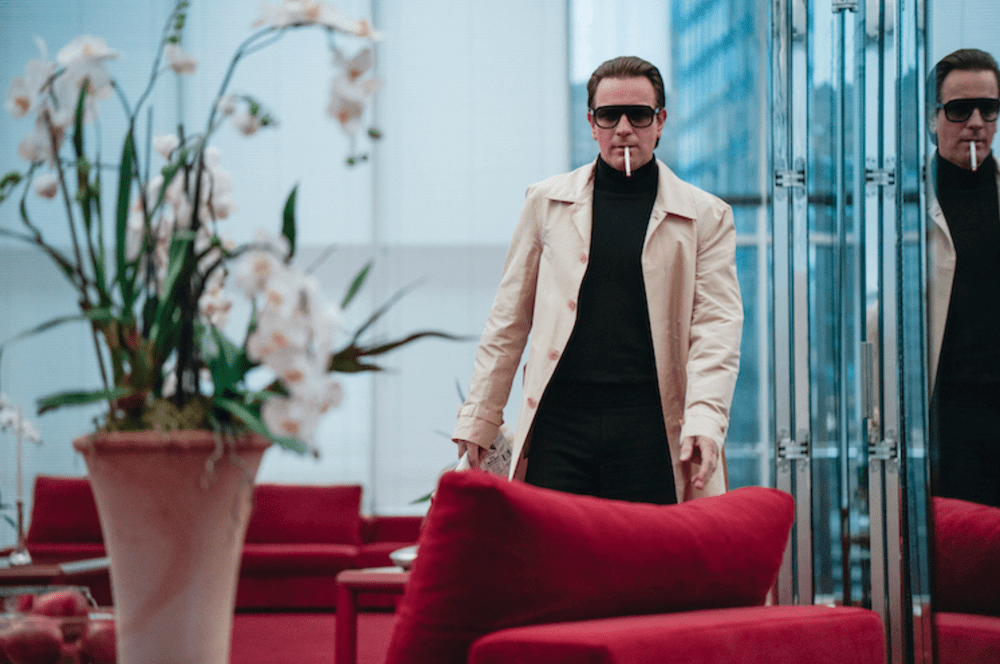
“One of the reasons I wanted to do the show was because I’d never recreated the ‘70s — the Paul Rudolph Townhouse, Studio 54, the Battle of Versailles, these are iconic settings you really don’t want to screw up,” says Ricker, who hired Cherish M. Hale as set decorator. “That was a big appeal. The Paul Rudolph Townhouse was an architectural icon of elegance and austerity. His office in Olympic Toward was the ultimate showplace for glamour.
“Nobody had seen anything like it,” he added. “It was a palace floating in the sky with mirrors and severe furniture and views to die for. There’s minimalism and starkness to those environments that you just can’t fake.”
Fashion expert Hal Rubenstein, author of “100 Unforgettable Dresses” visited the townhouse years ago.
“As a minimalist, Halston eschewed the excess in interiors as well,” says Rubenstein. “Halston believed in the clarity of silhouette and design’s responsibility to frame the individual as opposed to calling attention to itself which is why he had such an affinity for the interiors of Angelo Donghia.”
Donghia was also a trailblazer in interior designs, and Halston gathered and identified beautiful flowers ready to bloom in the talented team he assembled. Aside from Donghia, he was best friends with Liza Minnelli and also discovered Elsa Peretti, who is played memorably in the series by Rebecca Dyan.
In fact, Peretti through Halston transitioned from favorite model to jewelry designer. Her architectural pieces were showcased during Halston’s fashion shows and he helped get her a contract to Tiffany. At one point, Peretti’s jewelry accounted for 10% of all of Tiffany’s sales.
Another memorable scene is when Halston is asked to give the perfumer who created his scent his favorite objects. The perfumer says it can’t be an orchid because orchids don’t have a scent. Of course, Halston brought to her an orchid that DID smell along with his boyfriend’s jockstrap. He wanted his perfume to be sensual and beautiful and both objects reflected his personality to be put in a mixture that would become one of the most profitable perfumes in history, next only to Chanel No. 5.
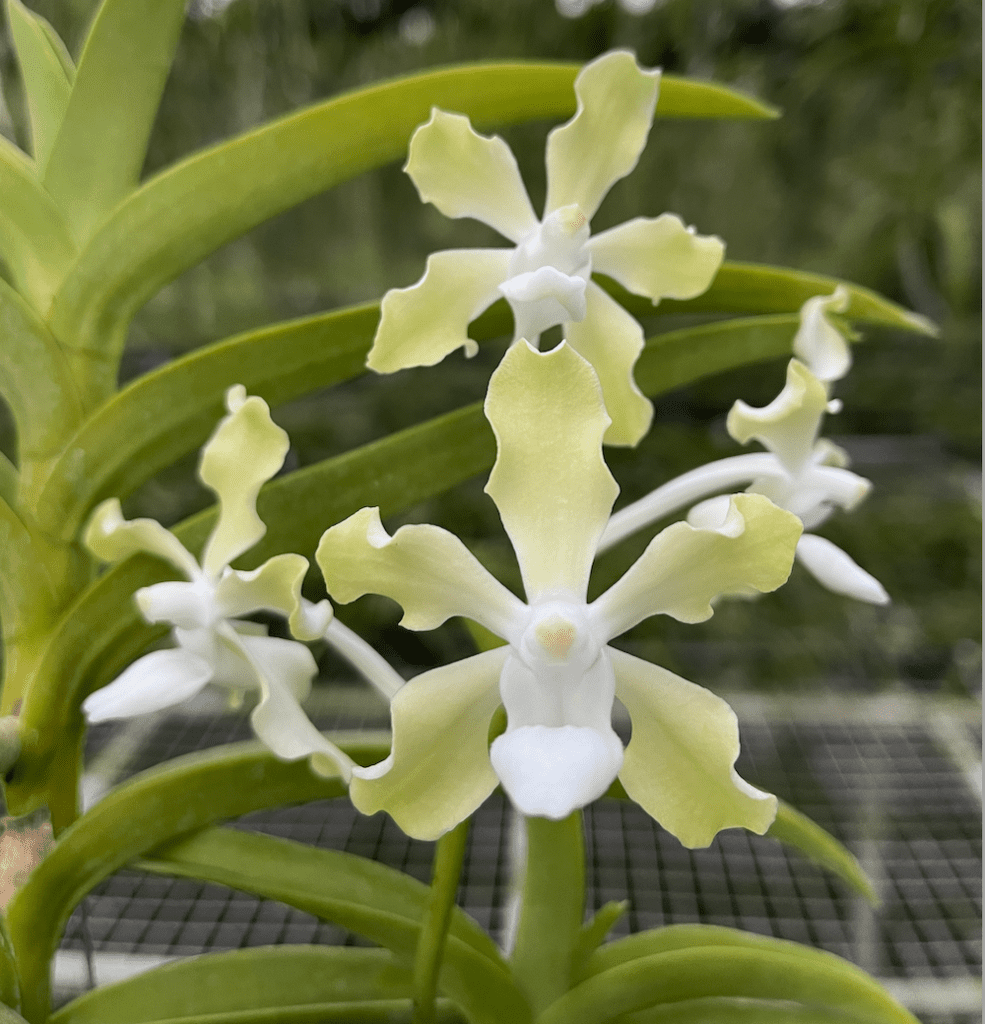
Orchid expert Bartholomew Motes points out that many orchid species do have a fragrance.
“They are not all pleasant,” he says. “Some Bulbophyllums even smell like rotting flesh. Some say that Vanda merrillii and its hybrids smell like a cleaning solution, but I think they smell like a spice. However, Tessellata hybrids, which are our personal favorites, have a very delicate grape-like fragrance.” And there’s also a vanilla-smelling variety.
Furthermore, some orchids only smell in the morning and evening because although we take joy in their fragrances, for them it is purely business – to attract pollinators which may only be active during the dawn and dusk hours.
Of course, it is the orchid’s sensuality and sexiness that appealed to Halston. But turns out this scene was part of the screenwriter’s creative license. The real flowers used for Simply Halston are notes of rose, marigold, cedar, jasmine and carnation.
For the series, Ricker and Hale combed through iconic photographs to get a sense of Halston’s life and style, making this series truly a labor of love.
“We shot in Bergdorf Goodman and interpreted the hat salon from about ten reference photographs, but everything else we recreated,” he said. “We built the Olympic Tower almost to scale on a soundstage in Brooklyn — entirely mirrored, floor-to-ceiling windows, red carpets and lacquered furniture, we even built miniatures of the St. Patrick’s cathedral spires — and rebuilt the interior of the Rudolph Townhouse — the iconic floating staircase, sunken living room and fireplace — in the interior of another space.”
For the Battle of Versailles, which was a famous duel between American vs. European designers, that took place in France, the team filmed at a mansion in Yonkers, New York. That show, notes fashion writer Joyce Corrigan, proved the relevance and elevation of American designs as equal to European designers.
“We came up with printed marble designs to put up all over the white walls,” recalls Ricker. “We used a 1920s movie theater lobby in Jersey City for the opera house scenes and built a foreshortened version of the stage, but the performances had to take place in a third location.”
Hale also masterfully found large leather couches for the minimalist style and lounging scenes, which will remind people of contemporary designs we see today. Though of course, this style was pioneered by Halston decades ago.
Fashion icon Fern Mallis, the creator of NYFW, says that Halston’s style may have been minimalist, but when it came to orchids, it was “plentiful.”
In fact, when Halston died at 57 from complications from AIDS, the room where he passed away at Pacific Presbyterian Medical Center in San Francisco was, not surprisingly, filled to the rim with clay pots of orchids on every table.
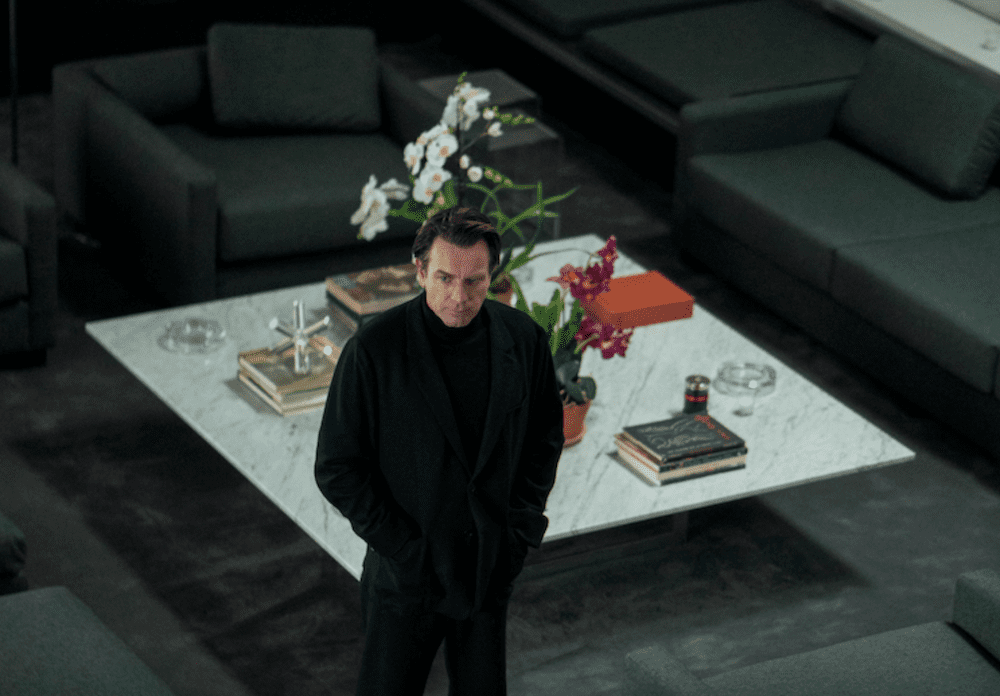
Jill Brooke is a former CNN correspondent, Post columnist and editor-in-chief of Avenue and Travel Savvy magazine. She is an author and the editorial director of FPD and floral editor for aspire design and home magazine
Photo Credits: Netflix, floral arrangement Renny & Reed
